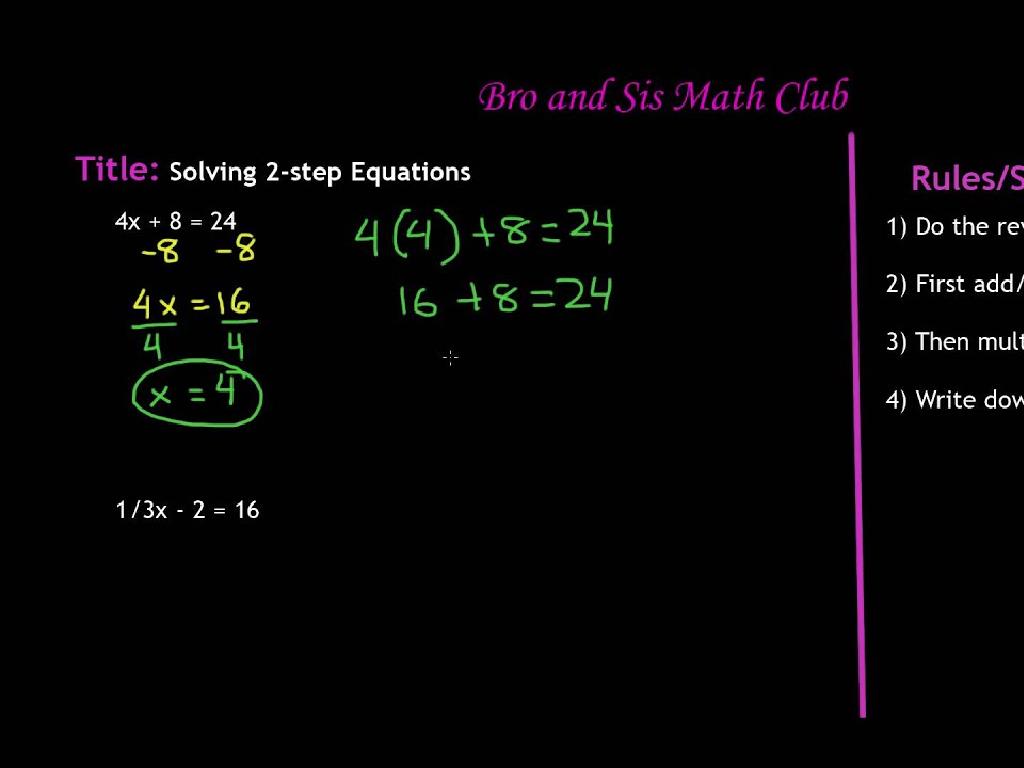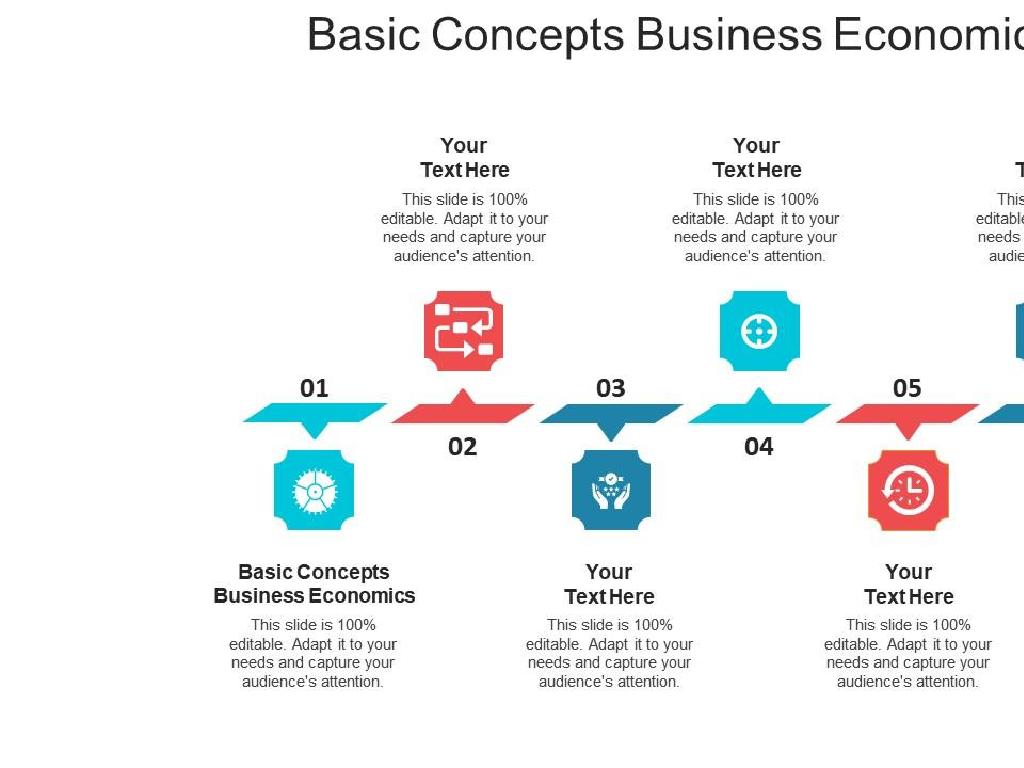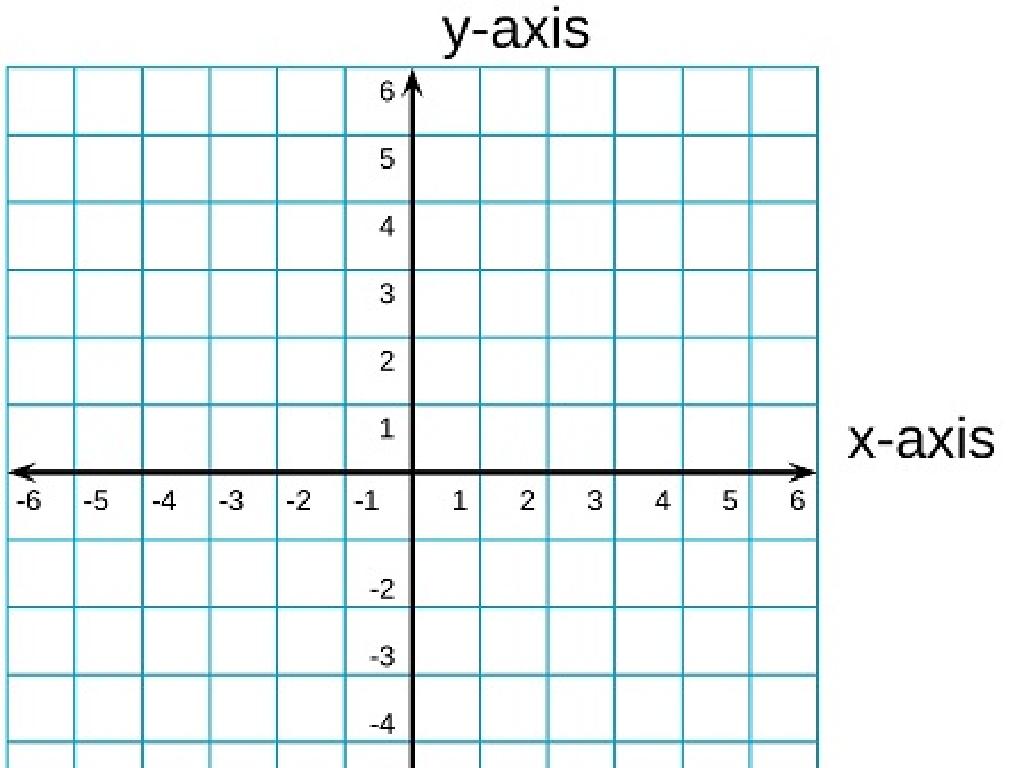Name The Three-Dimensional Shape
Subject: Math
Grade: First grade
Topic: Three-Dimensional Shapes
Summary: Introduce first graders to three-dimensional shapes with this engaging math lesson that focuses on cubes, spheres, cones, and cylinders. Through interactive activities, real-life examples, and creative clay crafting, students learn to identify and describe 3D shapes by their faces and features. The lesson includes a shape hunt and hands-on art project, ensuring students can spot and name 3D shapes in their everyday world, building strong foundational geometry skills.
Please LOG IN to download the presentation. Access is available to registered users only.
View More Content
Welcome to 3D Shapes!
– Greeting our First Graders
– Introduction to 3D shapes
– Shapes that have length, width, and height
– 3D vs. 2D shapes
– Unlike a flat sheet of paper, 3D shapes have depth
– Exploring shapes you can hold
– Think of balls, boxes, and cans you play with
|
This slide is designed to introduce first graders to the concept of three-dimensional shapes. Start by warmly greeting the students to create an engaging learning environment. Explain that 3D shapes are different from the shapes they are used to drawing on paper because they have an additional dimension—depth. This makes them solid or ‘fat’, allowing them to be picked up and held. Use everyday objects that the children are familiar with, such as balls (spheres), boxes (cubes), and cans (cylinders), to illustrate the concept of 3D shapes. Encourage the students to think about and discuss other examples of 3D shapes they encounter in their daily lives.
Exploring 3D Shapes
– 3D shapes have 3 dimensions
– Length, width, and height make up 3D shapes
– They are different from flat shapes
– 3D shapes have thickness, unlike flat 2D shapes
– Examples: box and ball
– A box is like a cube, and a ball is like a sphere
– Find 3D shapes in everyday life
|
This slide introduces first graders to the concept of three-dimensional shapes. Start by explaining that unlike flat shapes (2D), 3D shapes have an extra dimension—depth, which makes them look like objects they can hold. Use relatable examples such as a box resembling a cube and a ball resembling a sphere to help them visualize. Encourage the students to look around their environment for objects that resemble 3D shapes like cylinders (cans), cones (ice cream cones), and cubes (dice). This will help them understand the concept of 3D shapes in a fun and interactive way.
Meet the Cube!
– A cube has 6 square faces
– Each face of a cube is a perfect square
– Cubes resemble dice or blocks
– Common objects like dice are cube-shaped
– Counting cube faces together
– We’ll count each face as a class activity
|
Introduce the cube by explaining that it is a three-dimensional shape with six faces, and all the faces are squares. Show a dice or a block to give the students a familiar visual example of a cube. Engage the students in an interactive activity where they count the faces of a cube together. This will help them understand the concept of faces on 3D shapes. Encourage the students to bring or point out cube-shaped objects from their surroundings to reinforce the concept.
Say Hello to the Sphere!
– A sphere is a round shape
– It looks like a ball
– Think of a basketball or a soccer ball
– Spheres in our classroom?
– Let’s search for sphere-shaped objects around us
– Understanding spheres
|
This slide introduces the concept of a sphere to first graders. Emphasize that a sphere is perfectly round in all directions, like many balls they play with. Encourage the students to look around the classroom and identify objects that are shaped like spheres. This could include globes, bouncy balls, or even a round clock. The goal is to help students recognize spheres in their everyday environment and understand that a sphere is a three-dimensional shape. You can plan a small activity where students bring or point out spherical objects and discuss them. This will make the learning interactive and fun.
Discover the Cone!
– A cone has a circular base
– Think of a circle that stretches up to a point!
– It tapers to a point at the top
– Like a mountain peak or a pencil tip
– Cones are like party hats
– Imagine your birthday hat or an ice cream cone
– Pretend to wear a cone hat
|
This slide introduces first graders to the cone, a three-dimensional shape. Emphasize the unique features of a cone, such as its flat circular base and its pointed top. Use familiar objects like party hats or ice cream cones to help students visualize and relate to the concept. Engage the class by encouraging them to pretend to wear a cone as a hat, making the learning experience fun and interactive. This activity will help solidify their understanding of the cone’s shape and make the concept memorable.
Exploring 3D Shapes: The Cylinder
– A cylinder has 2 flat faces
– Top and bottom faces are circles
– It has 1 curved side
– The side is curved and connects the faces
– Cylinders look like soup cans
– Think of a can of soup in the pantry
– Let’s make cylinders with our hands!
– We can roll our hands to form a cylinder shape
|
This slide introduces the cylinder, a basic three-dimensional shape, to first graders. Emphasize that a cylinder has two flat faces that are shaped like circles, and these are on the top and bottom. The curved side connects these two faces. Use a familiar object like a can of soup to help students visualize a cylinder. Encourage them to use their hands to make a cylinder shape by rolling their hands around each other. This kinesthetic activity helps solidify the concept in their minds. During the class, you can have different cylinder-shaped objects for students to touch and see, such as cans, tubes, and jars.
Let’s Review 3D Shapes!
– Recall all the 3D shapes learned
– Think about the cube, sphere, cone, and cylinder.
– Pick your favorite 3D shape
– Is it the one that rolls or the one with flat faces?
– 3D shapes in our daily life
– Look around, can you find a ball (sphere) or a box (cube)?
|
This slide is meant to recap what the students have learned about three-dimensional shapes. Encourage them to remember each shape by thinking about their characteristics, such as which ones have flat faces or which ones can roll. Ask them to identify their favorite shape and explain why they like it. Highlight the presence of these shapes in everyday life to make the concept more relatable and easier to grasp. For example, a ball as a sphere, a box as a cube, an ice cream cone as a cone, and a can as a cylinder. This will help solidify their understanding of 3D shapes and their properties.
3D Shape Hunt Activity
– Let’s search for 3D shapes
– Match objects to 3D shapes
– Find real-life examples like a ball (sphere) or a box (cube)
– Team up with a buddy
– Count how many shapes you find!
– Keep track with tally marks for each shape
|
This slide introduces an interactive class activity where students will apply their knowledge of three-dimensional shapes by identifying them in the classroom environment. Encourage students to work in pairs to foster teamwork and communication. Provide examples of common classroom objects that correspond to 3D shapes, such as a globe (sphere), a tissue box (rectangular prism), or a can of play-doh (cylinder). Remind them to use tally marks to record the number of each shape they find. This activity will help solidify their understanding of 3D shapes in a fun and engaging way. After the hunt, regroup and discuss the findings as a class.
Shape Art Project: Crafting 3D Shapes
– Create 3D shapes with clay
– Make a cube, sphere, cone, cylinder
– Display your shapes in class
– Have fun shaping and learning
|
This class activity is designed to help first graders understand three-dimensional shapes by creating them with their hands. Provide each student with clay or playdough and guide them through the process of making a cube, sphere, cone, and cylinder. Encourage creativity and assist them as needed. Once completed, arrange a display area where all the shapes can be showcased. This will give students a sense of accomplishment and allow them to appreciate the variety of shapes created by their peers. Possible activities: 1) Guess the shape game, 2) Find real-life objects that match the shapes, 3) Paint the clay shapes, 4) Group shapes by type, 5) Share stories about where they have seen these shapes in the real world.
3D Shapes All Around Us!
– Congratulations on learning 3D shapes!
– 3D shapes are all around us
– Like boxes, balls, party hats, and cans
– Spot cubes, spheres, cones, cylinders
– Keep exploring shapes at home!
– Maybe in toys, furniture, or in the kitchen
|
Well done to all the students for learning about three-dimensional shapes today! Remember, these shapes are not just in the classroom; they are part of our everyday life. Encourage the children to keep an eye out for cubes, spheres, cones, and cylinders in their home and neighborhood. This could be in the form of a dice (cube), a ball (sphere), a party hat (cone), or a soup can (cylinder). Reinforce the learning by asking them to bring examples or draw pictures of the 3D shapes they find at home for the next class. This will help solidify their understanding and recognition of these shapes in different environments.





